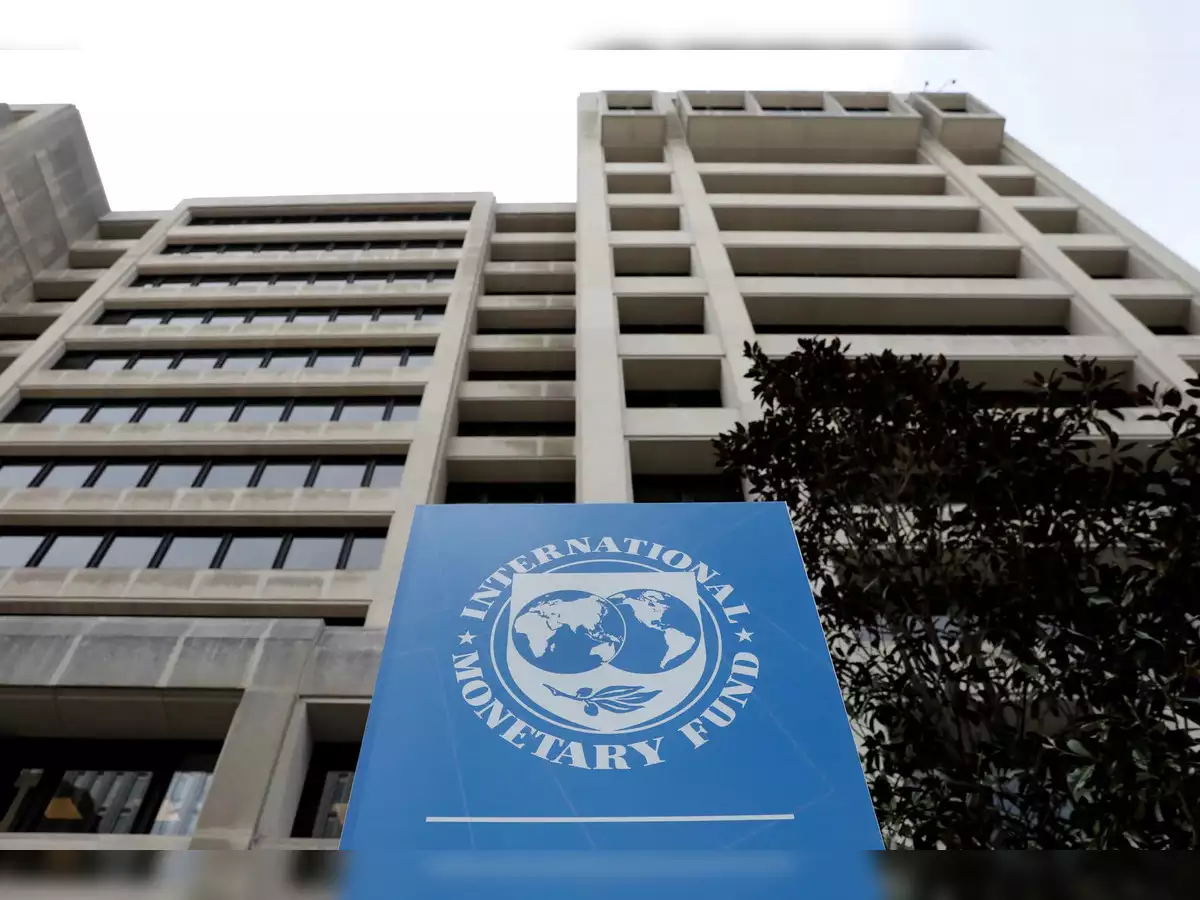The world is approaching a significant economic milestone as public debt is set to exceed $100 trillion for the first time this year, according to the International Monetary Fund (IMF).
This surge in debt, which reflects the cumulative borrowing by governments around the world, is largely attributed to increased spending pressures, political dynamics, and slow economic growth.
The IMF’s Fiscal Monitor report underscores concerns that public debt may grow more rapidly than previously forecast, posing significant challenges for the global economy in the coming years.
Drivers of Rising Global Public Debt
Several factors have contributed to the unprecedented rise in global public debt. The IMF’s latest Fiscal Monitor report highlights that public debt will reach 93% of global gross domestic product (GDP) by the end of 2024, with the possibility of approaching 100% by 2030.
This level of debt would surpass the 99% peak reached during the COVID-19 pandemic, underscoring the long-term impact of that crisis on government finances.
One of the key drivers of rising public debt is the political sentiment favoring higher spending. Governments worldwide are grappling with multiple challenges, including the green transition to combat climate change, the aging population, security concerns, and development issues.
These challenges are prompting governments to increase their spending, even as they face slower economic growth, which amplifies borrowing needs and costs.
Read : IMF Approves $7 Billion Loan for Pakistan
In the United States, the world’s largest economy, political pressures are adding to the debt burden. Both major political parties have proposed policies that would significantly increase federal deficits.
Read : India to Grow at 6.7%, Remain Fastest Growing Economy in the World: World Bank
For instance, Republican presidential candidate Donald Trump’s tax cut plans are projected to add $7.5 trillion in new debt over the next decade, more than double the $3.5 trillion that Vice President Kamala Harris, the Democratic nominee, would add with her spending and tax policies, according to estimates from the Committee for a Responsible Federal Budget (CRFB).
These fiscal policies, combined with entrenched opposition to raising taxes, are contributing to the uncertainty surrounding future debt levels.
The Long-Term Implications of High Debt Levels
The rapid rise in global public debt raises significant concerns about the long-term health of the global economy. High debt levels can limit a government’s ability to respond to future crises, such as economic downturns, natural disasters, or geopolitical conflicts.
When debt levels are already elevated, governments may find it more difficult to increase spending without pushing their economies into unsustainable levels of debt.
The IMF has warned that fiscal policy uncertainty is increasing, with political red lines on taxation becoming more rigid. This dynamic creates challenges for governments as they navigate mounting spending pressures while trying to avoid exacerbating their debt burdens.

Moreover, the cost of borrowing is rising, as slower economic growth drives up interest rates. This trend could further strain government budgets, as more funds are directed toward servicing existing debt rather than investing in essential public services or development projects.
The challenges are not limited to advanced economies like the United States. Emerging markets and developing economies are also grappling with high levels of public debt, which can have far-reaching consequences for their ability to attract investment and promote sustainable development.
Many of these countries are already facing fiscal constraints, making it difficult to balance the need for increased spending with the imperative to maintain fiscal stability.
Addressing Debt and Ensuring Economic Sustainability
To address the growing public debt crisis, governments will need to adopt a balanced approach that combines prudent fiscal policies with targeted investments in areas that promote long-term economic growth.
The IMF has called for fiscal reforms that address structural challenges, such as population aging and the need for green transitions. These reforms will require difficult political decisions, including potential adjustments to tax policies and spending priorities.
One area where governments can make meaningful progress is by improving the efficiency of public spending. By eliminating wasteful expenditures and redirecting funds toward high-impact investments, governments can improve their fiscal outlook without exacerbating debt levels.
For example, investments in education, healthcare, and infrastructure can yield significant economic benefits over the long term, helping to boost productivity and promote sustainable development.
In addition to domestic fiscal reforms, international cooperation will be essential in addressing the global debt crisis. Organizations like the IMF and the World Bank play a crucial role in providing financial assistance and policy guidance to countries facing debt challenges.
By coordinating efforts to manage debt levels and promote economic stability, the international community can help mitigate the risks associated with rising public debt.

The IMF’s concerns about future debt levels reflect broader uncertainties about the global economic landscape. As governments confront the challenges of climate change, demographic shifts, and evolving security threats, they will need to balance their spending priorities with the need for fiscal sustainability.
Failure to address these challenges could lead to further increases in public debt, with potentially severe consequences for economic growth and stability.
The world is facing an unprecedented surge in public debt, with total debt levels expected to surpass $100 trillion for the first time this year. The IMF’s latest Fiscal Monitor report highlights the growing political and economic pressures driving this trend, as well as the long-term risks associated with high debt levels.
Governments must take decisive action to address these challenges, adopting fiscal reforms that promote economic sustainability while balancing the need for increased spending on critical issues such as climate change and development.
The future of the global economy may well depend on how effectively countries manage their public debt in the years to come.
let’s enjoy few years on earth with peace and happiness….✍🏼🙏

